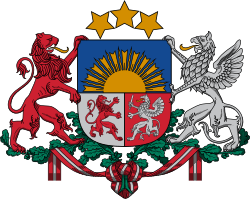Electoral system
For the elections the country was divided into five constituencies, electing a total of 97 MPs using proportional representation. The three remaining seats were awarded to the parties with the highest vote totals that had failed to win a seat in any of the five constituencies. [3]
The list system used was made flexible, as voters were able to cross out candidates' names and replace them with names from other lists. [3] However, only 19.97% of voters made any changes to the lists. [3] To register a list for the election parties needed only collect 100 signatures. [4] A total of 88 lists registered, but only 43 contested the election. [4] There was no voter roll, but instead passports were used to identify voters. [3]
This page is based on this
Wikipedia article Text is available under the
CC BY-SA 4.0 license; additional terms may apply.
Images, videos and audio are available under their respective licenses.
